
Revenue stamps of Malta were first issued in 1899, when the islands were a British colony. From that year to 1912, all revenue issues were postage stamps overprinted accordingly, that was either done locally or by De La Rue in London. Postage stamps also became valid for fiscal use in 1913, so no new revenues were issued until 1926–30, when a series of key type stamps depicting King George V were issued. These exist unappropriated for use as general-duty revenues, or with additional inscriptions indicating a specific use; Applications, Contracts, Registers or Stocks & Shares. The only other revenues after this series were £1 stamps depicting George VI and Elizabeth II. Postage stamps remained valid for fiscal use until at least the 1980s.

Revenue stamps of the United Kingdom refer to the various revenue or fiscal stamps, whether adhesive, directly embossed or otherwise, which were issued by and used in the Kingdom of England, the Kingdom of Great Britain, the United Kingdom of Great Britain and Ireland and the United Kingdom of Great Britain and Northern Ireland, from the late 17th century to the present day.
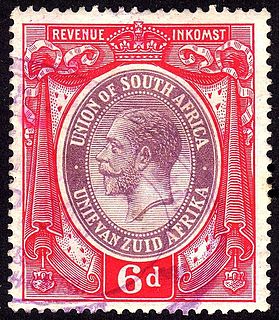
South Africa issued revenue stamps from 1910 to 2009. Apart from national issues various provinces of the country issued revenues from around 1855 to c. 1970.

The British colony of Aden, which is now part of Yemen, issued revenue stamps from 1937 to around 1945. Prior to having its own issues, Aden had used revenue stamps of India.

Zanzibar issued revenue stamps from when it was a British protectorate in 1892, to after when it became part of Tanzania in 1993.

The island of Antigua issued revenue stamps from 1870 to 1876. The island's short life as a revenue stamp-issuing country was mainly due to the use of postage stamps for most fiscal purposes from 1862 to 1870, and again from 1890 onwards. Therefore, the only revenues issued are more commonly found mint than used. The first set was issued in 1870 and it consisted of eleven values from 1d to 10s, and four of these values were reprinted in 1876 with a different watermark. This makes a total of just fifteen revenues, with most sought after one being the 10s stamp of 1870.
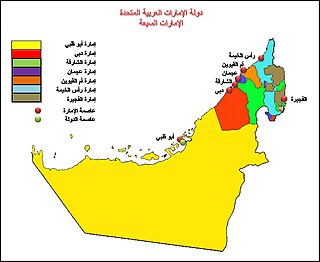
The United Arab Emirates, formerly known as Trucial States, first issued revenue stamps in 1948 and continues to do so to this day. In addition, the emirates of Abu Dhabi and Dubai also had their own separate revenue issues.
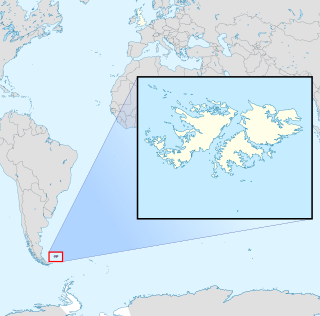
The Falkland Islands issued very few revenue stamps, and did so between 1952 and 1996. The only special revenue stamps were for Old Age Pensions and Social Security. For other fiscal purposes, dual-purpose & revenue stamps were used.

The island of Cyprus first issued revenue stamps in 1878 and continues to do so to this day. The Turkish Republic of Northern Cyprus also issues its own revenue stamps.
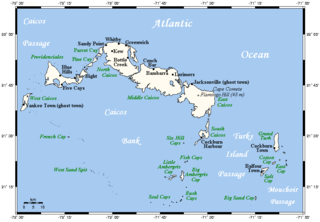
The Turks and Caicos Islands issued revenue stamps from 1988 to 1998. The Turks and Caicos Islands normally used postage stamps for fiscal purposes, however on 15 December 1988 they issued a $10 value intended for the payment of departure tax. This did not have any wording on it indicating fiscal use and thus was also accepted for postal purposes. Some years later, around 1992, the same design was reissued but inscribed "DEPARTURE TAX" above the country name. In 1998, a new stamp with the face value of $15 was issued commemorating the cable and wireless centenary.
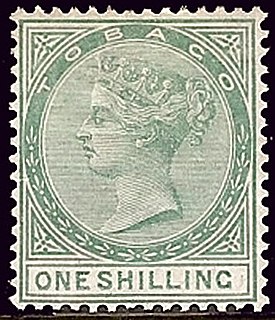
Trinidad and Tobago, formerly divided as two separate colonies, issued revenue stamps from 1879 to around 1991.

The British colony of Bermuda issued revenue stamps from 1936 to 1984.
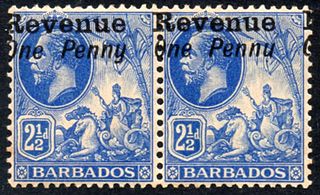
The island of Barbados first issued revenue stamps in 1916. There were various types of fiscal stamps for different taxes.
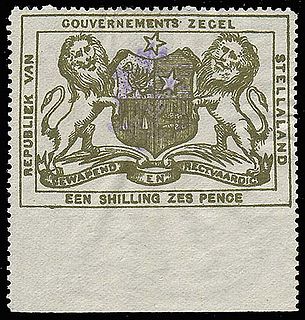
Bechuanaland first issued revenue stamps as Stellaland in 1884. Note: this information is wrong. Bechuanaland was split into British Bechuanaland and the Bechuanaland Protectorate. British Bechuanaland was added to the Cape Colony and the Bechuanaland Protectorate was governed from Mafeking until the seat of government was moved to Gaberone.

New Zealand first issued revenue stamps on 1 January 1867 and their general use continued until the early 1950s. The only Revenue Stamp series still in use today is the Game Bird Habitat stamp which is used for payment of the Gun License for the duck shooting season which begins the first weekend of May. There were various types of fiscal stamps for different taxes.

Malaysia first issued revenue stamps as the Straits Settlements in 1863, and continues to do so to this day. Over the years, a number of entities in modern Malaysia have issued revenue stamps.
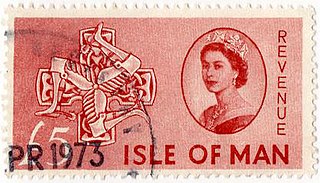
Revenue stamps of the Isle of Man refer to the adhesive revenue or fiscal stamps which were issued by the British Crown dependency of the Isle of Man between 1889 and 1976. British key type revenue stamps with an appropriate inscription were issued on the island until 1966, when revenue stamps showing various scenes and symbols of the island began to be issued. The last set of stamps was issued in 1976. From around 1920 to the 1970s, hundreds of contribution stamps were issued for National Insurance and related schemes.
Revenue stamps of Fiji were first issued in 1871 or 1872, when the Fiji islands were an independent kingdom. The first revenue stamps consisted of postage stamps overprinted with the letter D.
Revenue stamps of Montserrat were first issued in 1866, ten years before the island issued its first postage stamps. The island only issued two different designs of revenue stamps, but postage stamps were widely used for fiscal purposes and are still used as such today.
Revenue stamps of the Leeward Islands were issued by the British Leeward Islands between 1882 and the 1930s. They were used on Antigua, the British Virgin Islands, Dominica, Montserrat and Saint Kitts and Nevis, all of which also issued their own revenue stamps before, during or after they used common issues for the Leeward Islands.

















